Idea by
Corinna Del Bianco
Call for ideas 2019
Spontaneous Living Spaces
Spontaneous Living Spaces
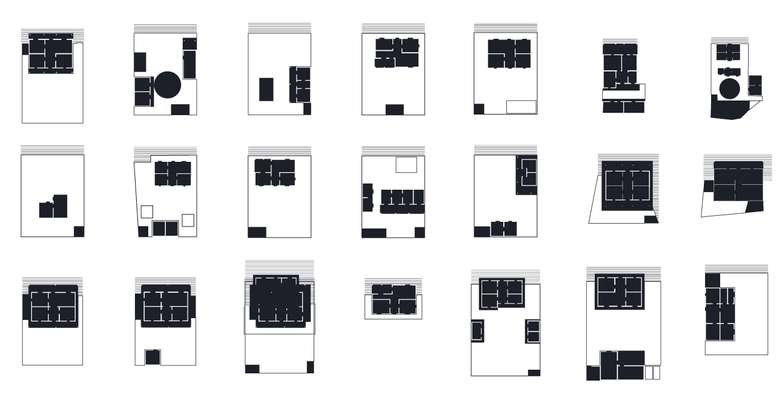
- Systemic changes
Self-construction determines a large part of the urban landscape of cities in developing countries.
The self built houses born from need, from haste and from limited economical resources, with formal or informal methods, and are often thought as temporary at the time they were built, since decades have been constituent parts of the urban fabric. Loosing the character of temporariness, it becomes natural and necessary to consider them as an integral part of the city
Therefore, they need to be recognized and studied, both for their analysis and documentation, as a stage of development of the city, and to identify and analyse what are the characteristics of contemporary living in contexts that have not been designed by professionals.
Therefore, the results produced by the research, are useful for all those who have to approach a project on an architectural and urban scale in one of the analyzed contexts, being able to deepen the awareness and respect of local ways of living.
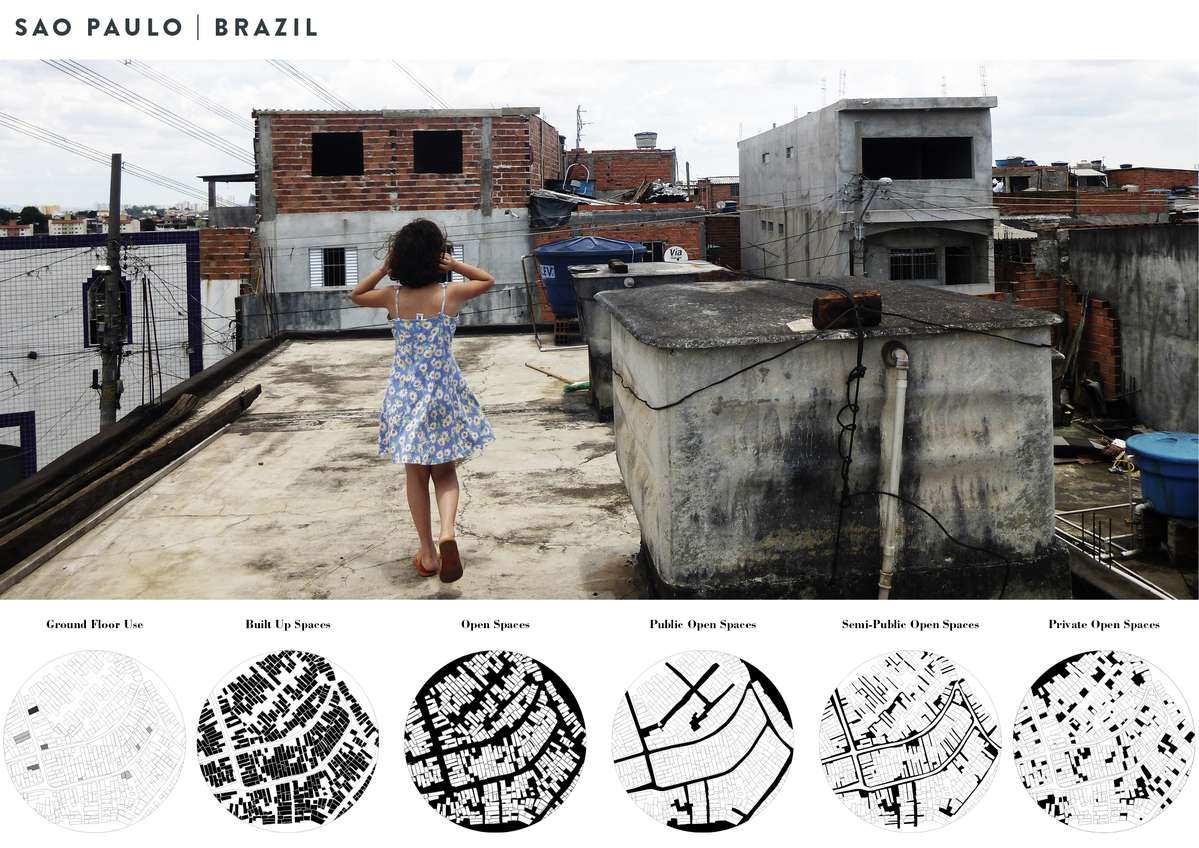
The first case study surveyed a block in the favela Guapira II of Sao Paulo, Brazil. The survey focussed on the morphology and the typology of the informal settlement. The involvement of the community was crucial for the survey operation. The research used videos, pictures, sketches, interviews to survey the interior of the houses. The area was born in the 80s and nowadays lacks of the main infrastructures.
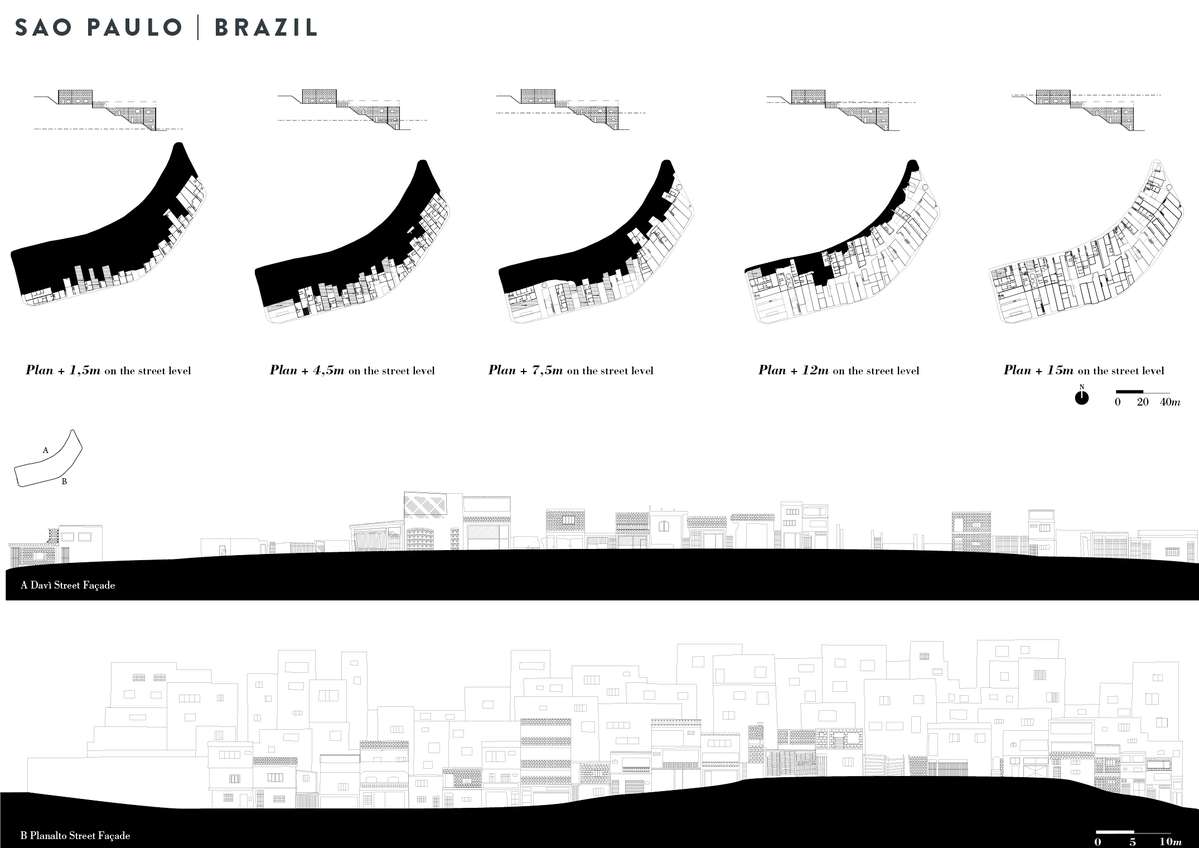
In this image an extract of the plans and façades of the surveyed block in the favela Guapira II of Sao Paulo, Brazil.
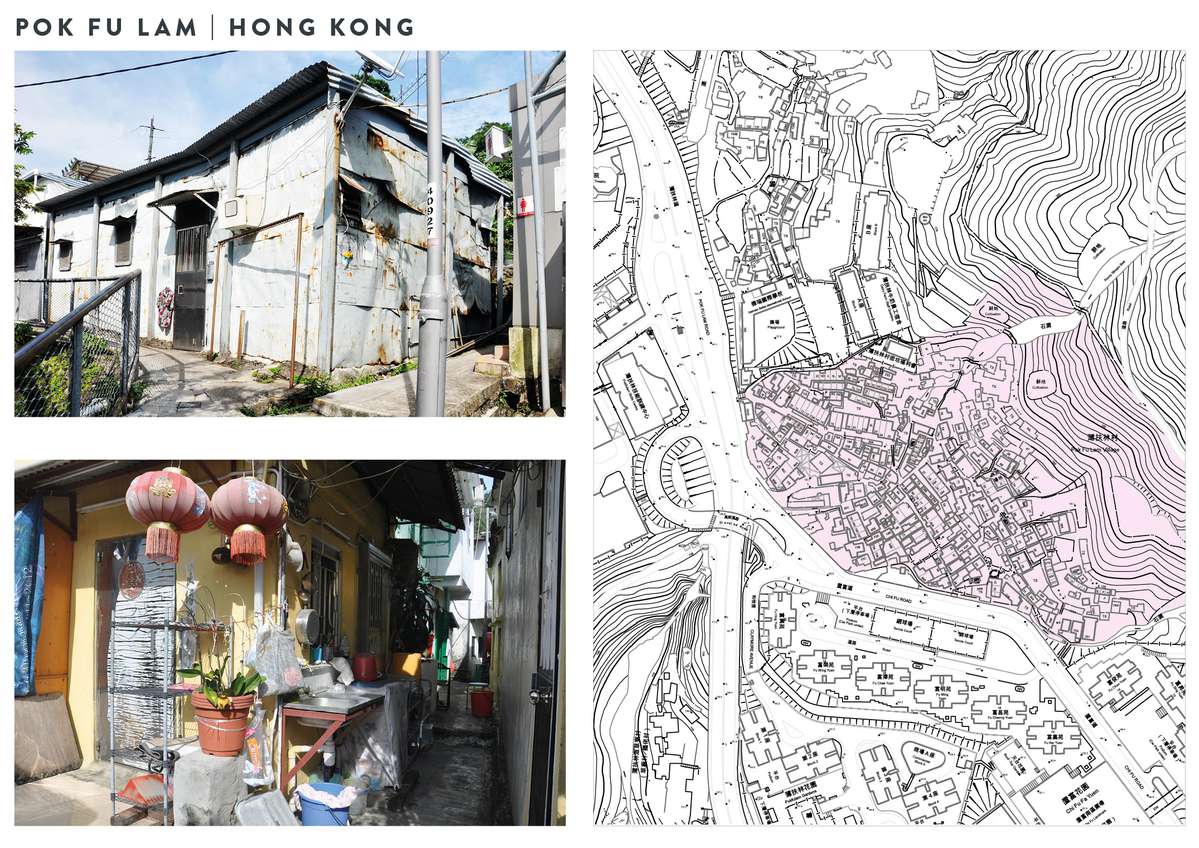
Pok Fu Lam is an historical neighborhood of Hong Kong. Here the houses are mainly self built and they are in between one and two levels. The neighborhood is considered informal because of land ownership. The area lacks of the main sanitation systems.
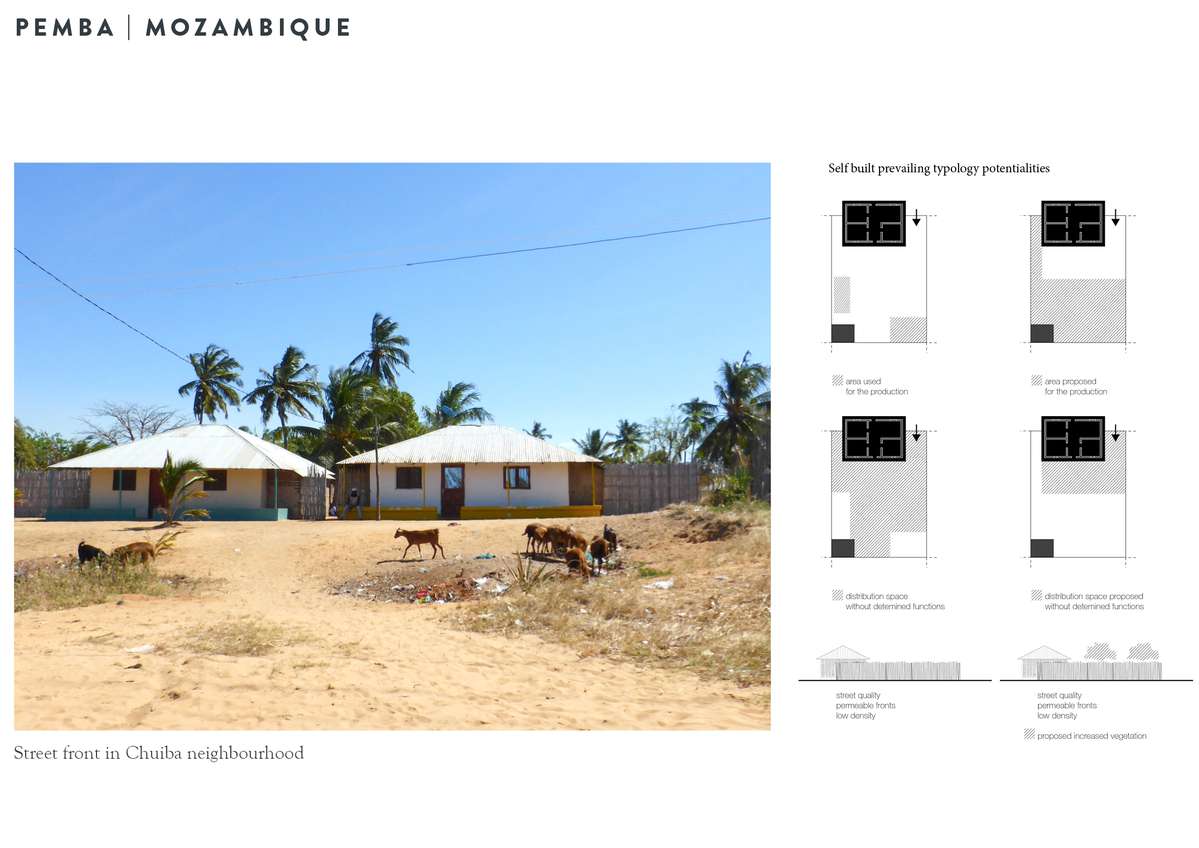
Pemba is a coastal city of Mozambique. Here 4 neighborhoods were surveyed in their dwellings and settlements characteristics. The 4 are considered formal but they lack of adequate sanitation and structural resistance therefore are considerable slums (according to UN Habitat definition). The survey comprises pictures, videos, interviews to the inhabitants, sketches and schemes. Then an analysis lead to possible interventions for the valorization of the local traditional culture of living.
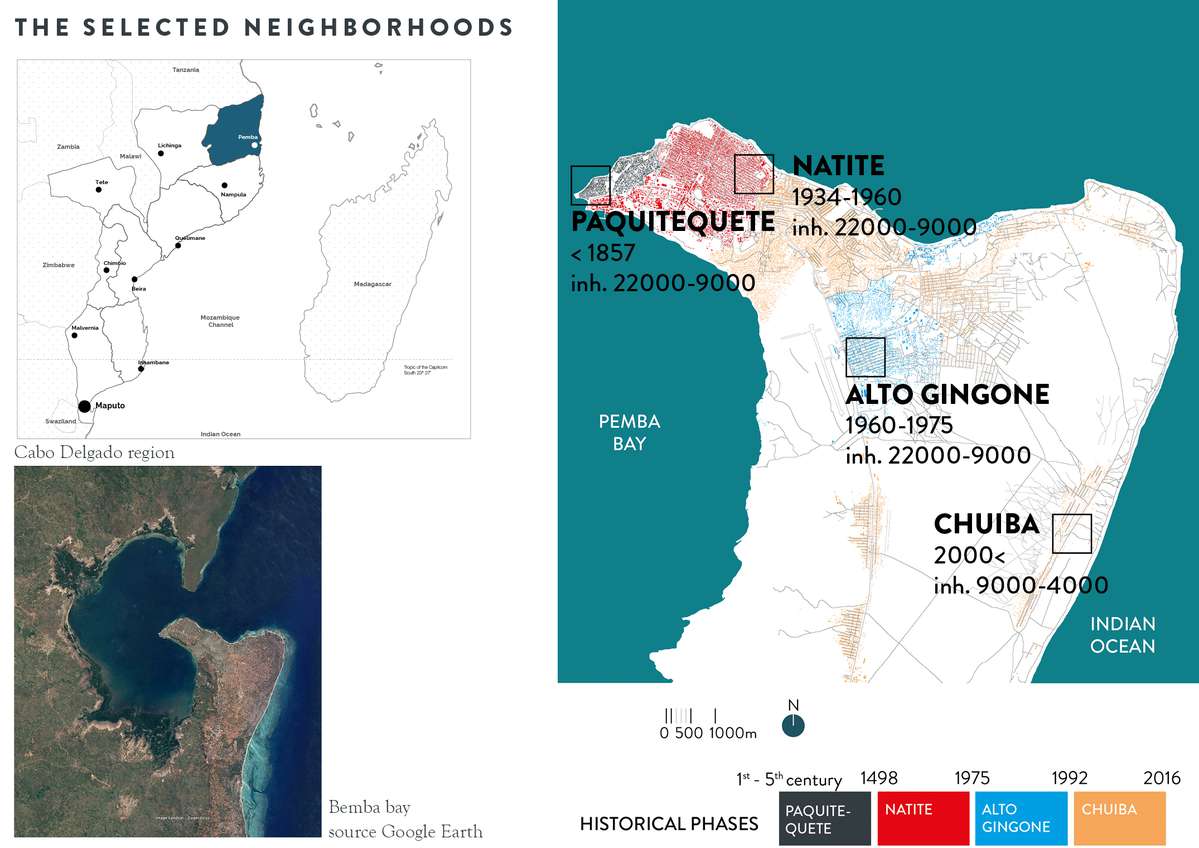
The four neighborhoods host 3 ethnic groups: Macua, Makonde and Mwanì. They are comparable in terms of density and proximity to a main infrastructure but they belong to 4 historical phases of expansion of the city.
Spontaneous Living Spaces
Spontaneous Living Spaces

- Systemic changes
Self-construction determines a large part of the urban landscape of cities in developing countries.
The self built houses born from need, from haste and from limited economical resources, with formal or informal methods, and are often thought as temporary at the time they were built, since decades have been constituent parts of the urban fabric. Loosing the character of temporariness, it becomes natural and necessary to consider them as an integral part of the city
Therefore, they need to be recognized and studied, both for their analysis and documentation, as a stage of development of the city, and to identify and analyse what are the characteristics of contemporary living in contexts that have not been designed by professionals.
Therefore, the results produced by the research, are useful for all those who have to approach a project on an architectural and urban scale in one of the analyzed contexts, being able to deepen the awareness and respect of local ways of living.
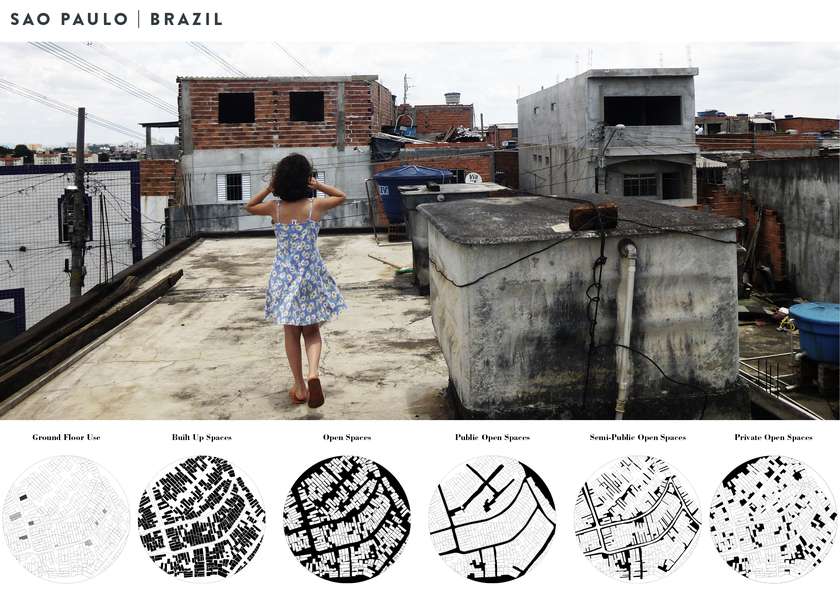
The first case study surveyed a block in the favela Guapira II of Sao Paulo, Brazil. The survey focussed on the morphology and the typology of the informal settlement. The involvement of the community was crucial for the survey operation. The research used videos, pictures, sketches, interviews to survey the interior of the houses. The area was born in the 80s and nowadays lacks of the main infrastructures.
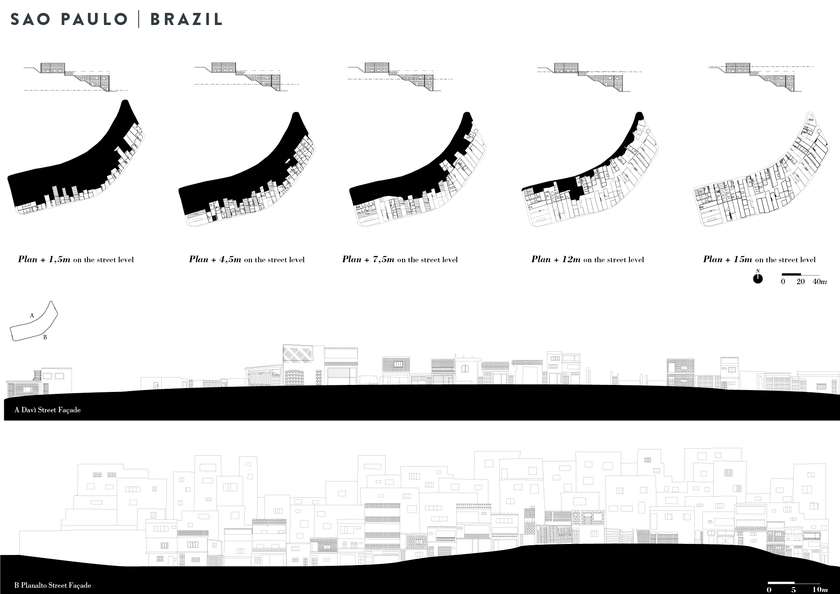
In this image an extract of the plans and façades of the surveyed block in the favela Guapira II of Sao Paulo, Brazil.

Pok Fu Lam is an historical neighborhood of Hong Kong. Here the houses are mainly self built and they are in between one and two levels. The neighborhood is considered informal because of land ownership. The area lacks of the main sanitation systems.
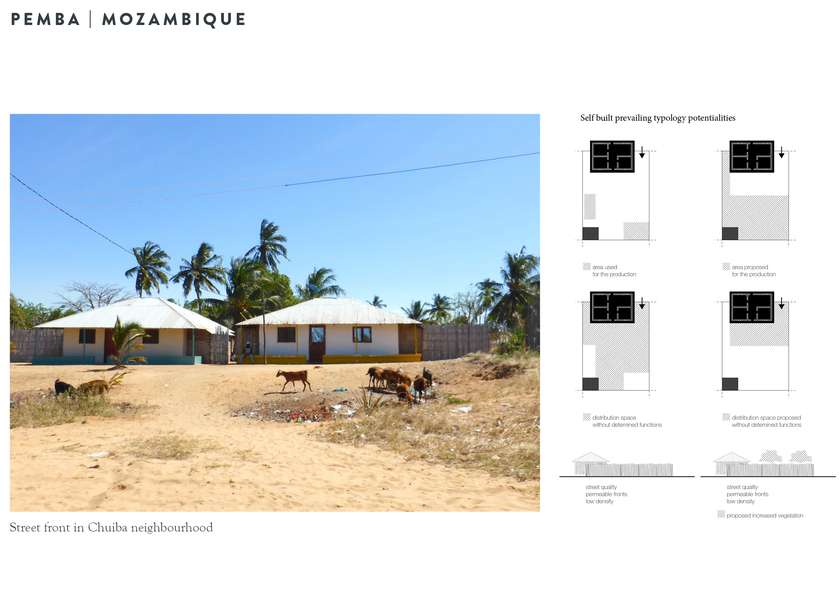
Pemba is a coastal city of Mozambique. Here 4 neighborhoods were surveyed in their dwellings and settlements characteristics. The 4 are considered formal but they lack of adequate sanitation and structural resistance therefore are considerable slums (according to UN Habitat definition). The survey comprises pictures, videos, interviews to the inhabitants, sketches and schemes. Then an analysis lead to possible interventions for the valorization of the local traditional culture of living.
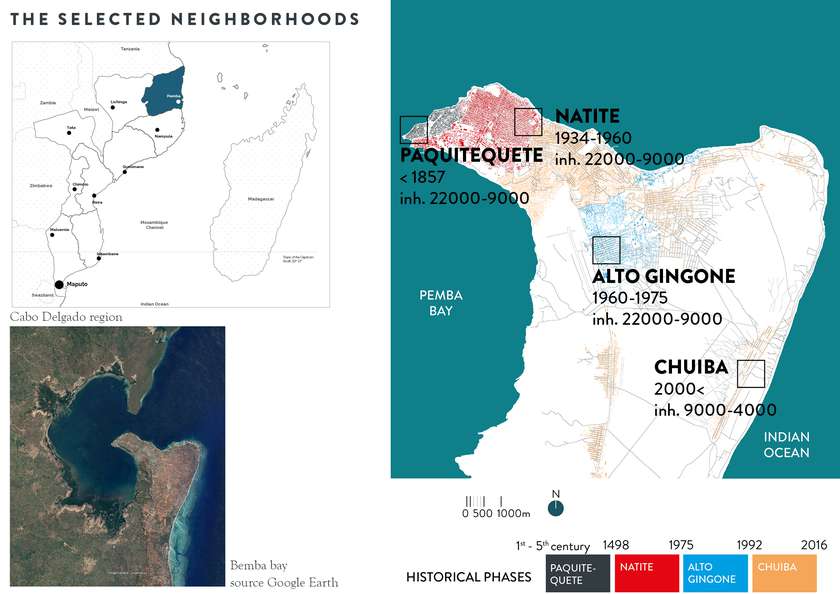
The four neighborhoods host 3 ethnic groups: Macua, Makonde and Mwanì. They are comparable in terms of density and proximity to a main infrastructure but they belong to 4 historical phases of expansion of the city.